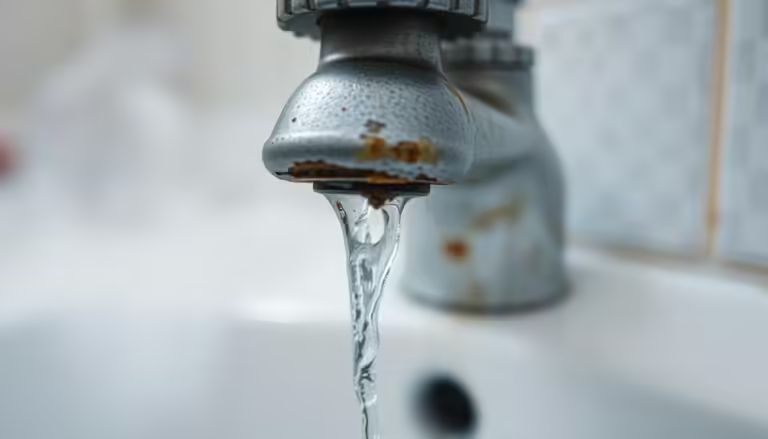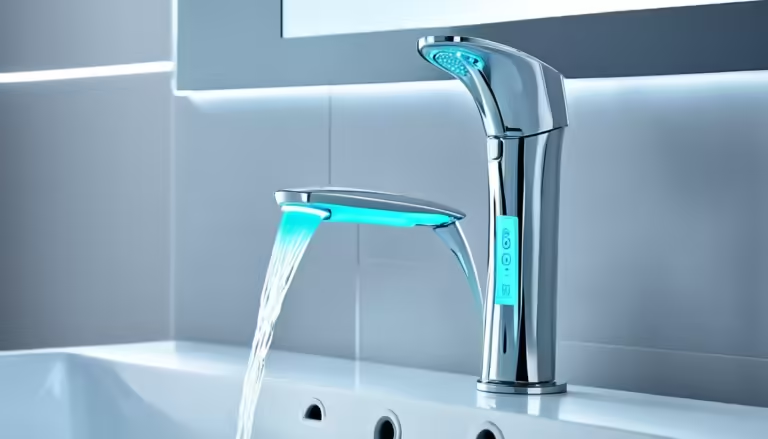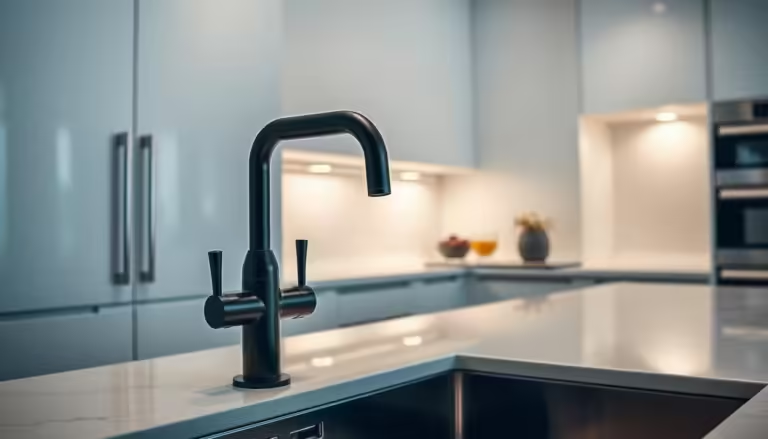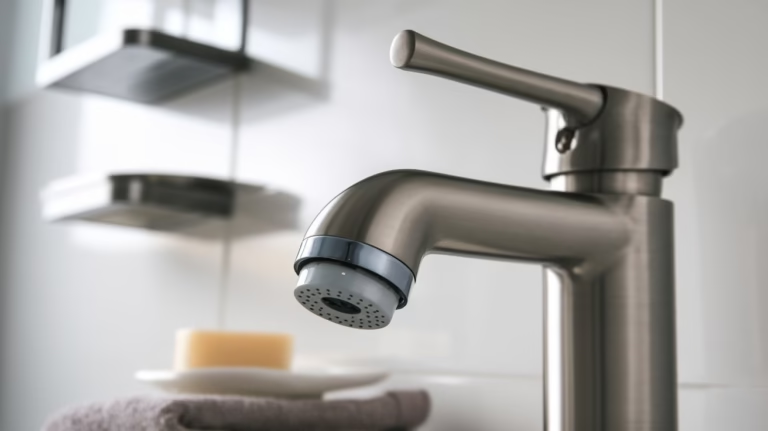All Things to Know About RV Faucets
Recreational vehicles (RVs) serve as a home away from home, and every detail within them, including faucets, plays a pivotal role in enhancing comfort and functionality. Selecting the right RV faucet ensures an efficient water supply, durability, and alignment with the RV’s design aesthetics.
Here, we unravel all aspects of RV faucets, equipping you with the information necessary to make an informed choice.
Understanding RV Faucets
RV faucets are designed specifically for the unique plumbing systems of recreational vehicles. Unlike residential faucets, they must handle lower water pressures, compact designs, and limited space.
Key Characteristics of RV Faucets
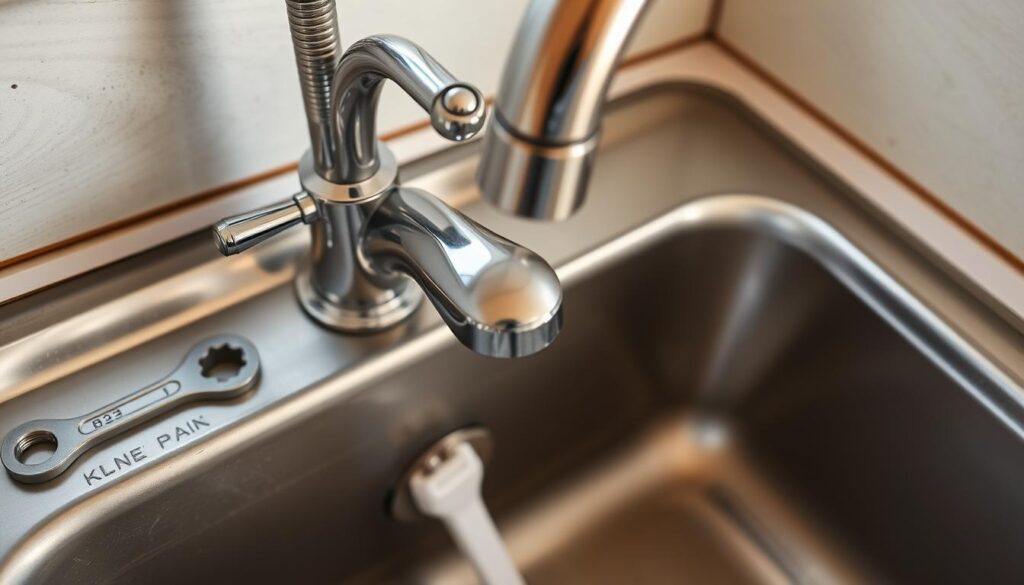
- Lightweight Materials: Typically made of plastic, brass, or stainless steel to minimize overall RV weight.
- Water Pressure Optimization: Crafted to work efficiently with standard RV water systems that operate between 40 and 60 PSI.
- Compact Designs: Built to fit in small spaces, ensuring optimal functionality within limited room dimensions.
- Durability: Resistant to corrosion and wear due to varying water conditions.
Types of RV Faucets
When selecting an RV faucet, it’s essential to choose the style best suited to your needs. Below are the main types:
1. Kitchen Faucets
Kitchen faucets in RVs typically feature swivel spouts for easy use in compact areas. Some models even include pull-down sprayers, making dishwashing more convenient.
2. Bathroom Faucets
Designed for limited sink space, these faucets focus on functionality and simplicity. Compact in nature, they seamlessly blend with the RV’s interior design.
3. Shower Faucets
Often a mix of handheld designs or fixed options, shower faucets in RVs come with adjustable settings to cater to water conservation and comfort.
4. Outdoor Faucets
For activities like rinsing off equipment, these faucets are robust, easy to connect, and resistant to outdoor elements.

Top Materials for RV Faucets
Choosing the right material is crucial for longevity and efficiency.
Plastic
- Advantages: Lightweight, cost-effective, rust-resistant.
- Disadvantages: Less durable and more prone to wear and tear.
Stainless Steel
- Advantages: Durable, rust-proof, modern aesthetic.
- Disadvantages: Slightly heavier, higher upfront cost.
Brass
- Advantages: Superior longevity, excellent resistance to corrosion.
- Disadvantages: Heavier and more expensive compared to other options.
How to Choose the Right RV Faucet
Selecting the best RV faucet involves considering multiple factors:
1. Compatibility
Ensure the faucet matches your RV’s plumbing connections and size requirements. Look into mounting configurations—single-hole or multiple-hole designs.
2. Features
Modern RV faucets often come with extras like pull-out sprayers, single-lever controls, or water-saving features, enhancing convenience.
3. Price Range
RV faucet prices can range from $20 to over $150. Establish a budget that balances quality and affordability.
4. Brand Reputation
Choose reliable brands like Dura Faucet, Lippert Components, or Empire Faucets, known for their high-quality offerings.

Installation Tips for RV Faucets
Installing an RV faucet is straightforward with basic tools. Follow these steps for hassle-free installation:
- Turn Off Water Supply: Shut off the RV’s water system to prevent leaks during the process.
- Remove Old Faucet: Unscrew and detach the existing faucet.
- Prepare the Surface: Clean the area to ensure a proper seal.
- Install New Faucet: Align and secure the faucet using mounting hardware.
- Connect Water Lines: Attach the water lines securely, ensuring no cross-threading.
- Test the Faucet: Turn on the water supply and check for leaks.
RV Faucet Maintenance Tips
Proper maintenance ensures your faucet’s longevity and optimal performance:
- Regular Cleaning: Use mild cleaners to prevent buildup and stains.
- Check for Leaks: Periodically inspect seals and connections to avoid water wastage.
- Winterize Before Storage: Drain the faucet during winter to prevent freezing and cracks.
- Replace Worn Parts: Swap out O-rings, washers, and aerators as needed.
FAQs About RV Faucets
Can I use a regular faucet in my RV?
While it is possible, standard faucets may not fit well or perform efficiently due to differences in size and water pressure requirements.
How often should I replace my RV faucet?
With proper maintenance, RV faucets can last between 5-10 years.
Are RV faucets universal?
No, RV faucets vary in dimensions and connections, so it is essential to check compatibility.
How do I prevent mineral buildup?
Use a descaling agent or vinegar solution to clean the faucet and aerator regularly.
Best RV Faucets of 2025 Comparison
| Brand | Material | Key Features | Price Range | Catalogue | Warranty |
|---|---|---|---|---|---|
| Dura Faucet | Plastic | Lightweight, easy to install | $20 – $50 | 2024 catalog | Lifetime |
| Lippert Components | Stainless Steel | Pull-down sprayer, durable | $70 – $200 | Quick & Easy RV Kitchen Faucet Replacement | |
| Empire Faucets | Brass | Corrosion-resistant, stylish | $100 – $150 | Fixing Information | Fully Waranty |
For any RV enthusiast, understanding the ins and outs of RV faucets is a must for a comfortable travel experience. From choosing the right design and material to maintaining their performance, the faucet you select can make all the difference.


